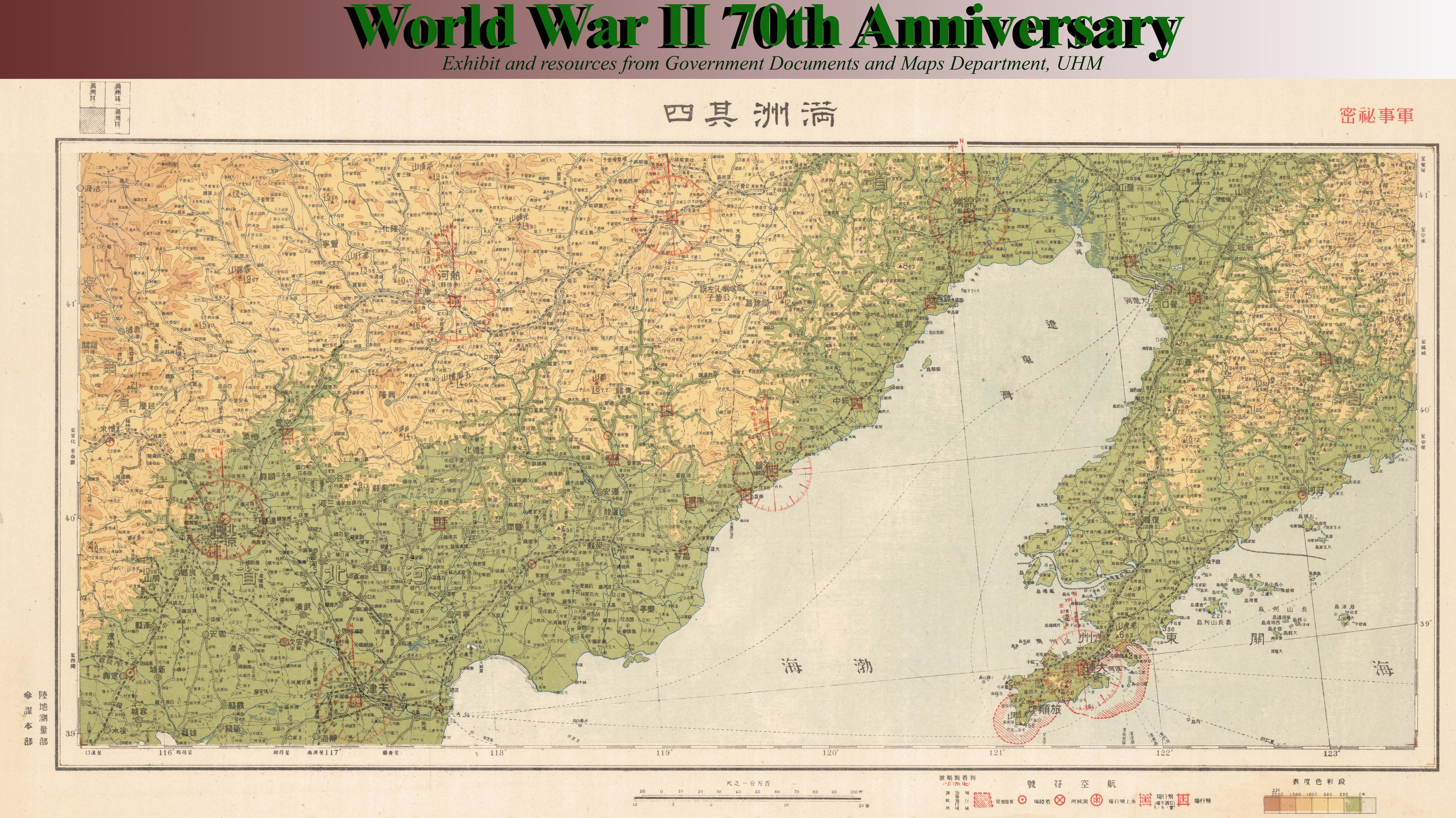Japanese medical experimentation on POWs in Rabaul, New Britain; redeployed U.S. troops arrive in the Philippines; British sorties against Japan

July 19, 2015-July 25, 2015
Location: Government Documents
Congress approves the Bretton Woods Agreements Act (named after Bretton Woods, New Hampshire, for the 1944 United Nations Monetary and Financial Conference), authorizing U.S. entry into the International Monetary Fund (IMF) and the International Bank for Reconstruction and Development (IBRD), commonly known as the World Bank. One is to oversee a system of monetary cooperation and stability across nations and the other to provide financial assistance for war-ravaged nations and less developed countries. You can read about this milestone from the U.S. Department of State Office of the Historian, see the original Articles of Agreement, or dip into how it was debated--and passed--in the Senate in July of 1945 in the Congressional Record.
Meanwhile, as materials of the atomic bomb are being shipped across the Pacific, President Truman informs Soviet leader Stalin at the Potsdam Conference of a nuclear weapon. Stalin already knows from his own channels. In preparation for the atomic attack, light B-29 raids on Japanese cities are conducted to soften the defense alert. Japanese continue to prosecute special attack sorties. In Europe, Austria is divided into zones of occupation by an agreement by the Allied powers.
Newsmap. Monday, 30 July, 1945: week of 17 July to 24 July, V-E Day + 12 weeks, 189th week of U. S. participation in the war. Text describes Allied assault on 7 points along Japanese coast, keyed to map with photograph of U.S. war vessel. Verso: Text describes the creation of a division of aeronautics in 1907. Photographs depict various Allied aircraft with descriptive captions.


- View this map in print in the Map Collection reading room, ground floor of UHM Hamilton Library, the week of 19 July 2015
- View this map online through the University of North Texas Digital Library ( http://digital.library.unt.edu/ark:/67531/metadc862/)
Notes: Newsmaps were color posters issued by the U.S. Army and the Government Printing Office (GPO) on Mondays during the World War II. They combine maps, images, and news from the previous week’s war effort.

